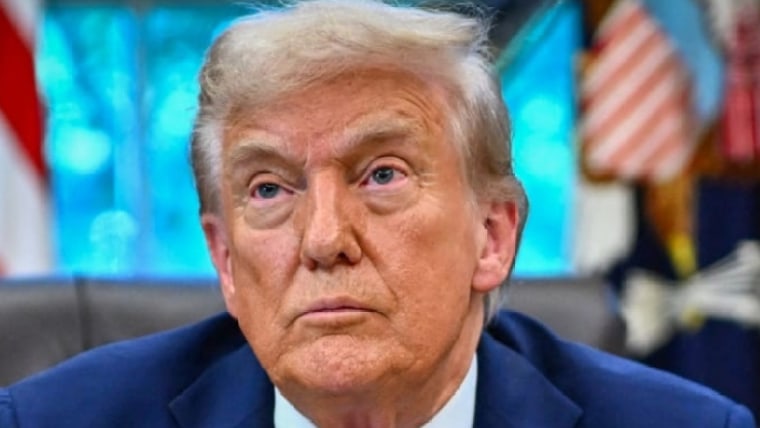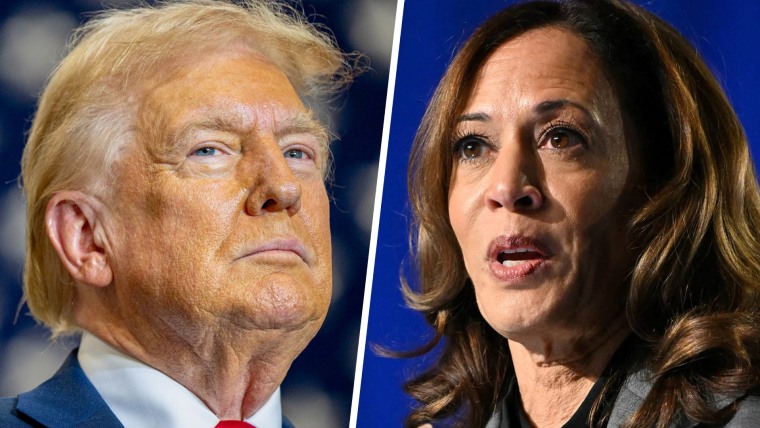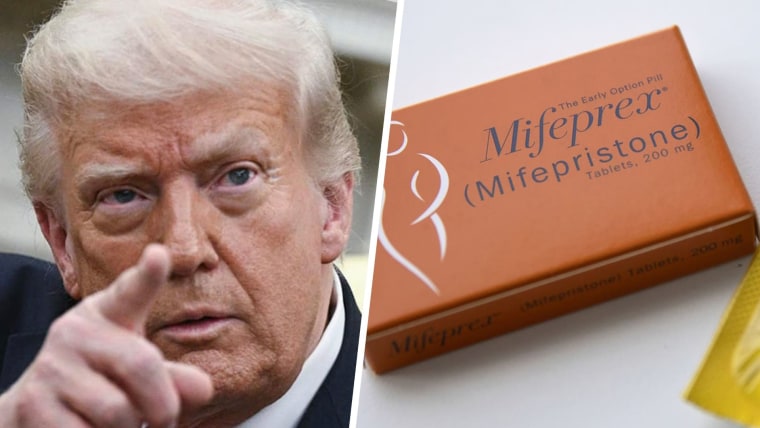During the 2024 presidential campaign, President Donald Trump claimed he would make in vitro fertilization free for people in the U.S. His official plan, laid out Thursday, should be a wake-up call for anyone who still believed he’d follow through. Instead, the president’s plan primarily focuses on somewhat reducing the cost of IVF — at the same time that the administration is pursuing policies that will increase what people pay for health insurance.
Starting in August 2024 — only after Kamala Harris became the Democratic nominee — Trump began claiming on the campaign trail that he would make IVF free if he won. “Under the Trump administration, we are going to be paying for that treatment,” he told NBC News. At a Michigan event a day later, he claimed: “Your government will pay for — or your insurance company will be mandated to pay for — all costs associated with IVF treatment.”
Any cost savings from IVF drugs could be eaten up by increasing monthly premiums.
Once in office, Trump signed an executive order in February directing aides to submit within 90 days “a list of policy recommendations on protecting IVF access and aggressively reducing out-of-pocket and health plan costs for IVF treatment.” The 90-day deadline came and went. In August, officials admitted to The Washington Post that the administration had no plans to require insurance coverage of IVF but that it would work to lower costs.
On Thursday, the White House announced that the administration will issue guidance to encourage more employers to cover IVF and that it had negotiated with one drug manufacturer and two specialty pharmacies, CVS Specialty and Express Scripts, to lower costs of prescription fertility drugs used in IVF.
To be clear, the guidance does not make insurers cover IVF. Instead, as Sen. Elizabeth Warren put it, the White House’s idea is to “politely ask companies to add IVF coverage out of the goodness of their own hearts — with zero federal investment and no requirement for them to follow through.” And while 60% of people under 65 have insurance through their jobs, that leaves the remaining 40% who either have public coverage, buy their own plans or go without insurance.
And while getting lower prices for some IVF medications is certainly a good thing, it won’t make the treatment affordable for most people who pay out of pocket for fertility services. That’s because drugs are not the main source of IVF costs, which can run about $15,000 to $20,000 per cycle and include lab visits, genetic testing and an embryo transfer procedure. Per the White House’s own fact sheet, the prescription drugs needed to complete the process make up about 20% of that cost. The administration suggested that, with new discounts, people could save up to $2,200 on the drugs per cycle, but that would still leave people with bills of more than $10,000.

“The Federal government has the power to meaningfully improve IVF access, but the recommendations it announced [Thursday] are not nearly enough,” said Center for Reproductive Rights President Nancy Northup in a statement. Sean Tipton, chief advocacy and policy officer at the American Society for Reproductive Medicine, told The New York Times: “I think it is a whole lot less than he promised in the campaign.”
To make matters worse, Trump announced this plan on Day 16 of a government shutdown, in which a central issue is Republicans’ refusal to extend enhanced subsidies for people who buy their own insurance on the Obamacare marketplace. That means any cost savings from IVF drugs could be eaten up by increasing monthly premiums — if people can afford to purchase health insurance at all.
Even though Trump’s plan doesn’t mandate IVF coverage, anti-abortion leaders were not pleased.
And insurance costs are expected to increase even for people with other kinds of health plans, thanks to the GOP budget law that passed this summer. The bill is designed to kick millions of people off Medicaid, which will result in hospitals taking on more “uncompensated care.” Health policy experts warn that hospitals will raise their rates as a result, and that will increase costs for everyone across the country.
If Trump wanted to require insurers to cover IVF, he could back a bill sponsored by Sen. Tammy Duckworth, D-Ill., a combat veteran who welcomed two children through IVF. Her Right to IVF Act would create a right to access fertility services, including IVF, and would require employer-sponsored plans and public insurance including Medicaid and military TRICARE plans to cover the treatments. Republicans blocked Duckworth’s bill twice in 2024.
Instead, Thursday’s announcement was another example of Trump trying to appease voters who supported him on a pledge to lower costs while also attempting to mollify religious conservatives who strongly oppose abortion and IVF. But even though Trump’s plan doesn’t mandate coverage, anti-abortion leaders were not pleased. Many in that movement oppose IVF because they believe life begins at fertilization and the treatment involves the creation of multiple embryos, genetic testing and routine destruction and storage.
Kristan Hawkins, president of Students for Life, wrote on social media, “I’m thankful there’s no new healthcare mandate forcing coverage for the destructive IVF industry, but IVF, as it’s practiced, still destroys countless humans in the embryonic stage.” Hawkins said it was the “second disappointment in two weeks from his team,” referring to the FDA’s approval of a new generic version of the abortion drug mifepristone. Live Action founder Lila Rose was more critical, claiming after Trump’s announcement that “IVF kills more babies than abortion — millions of embryos are frozen, discarded, or destroyed.”

At a press conference Thursday, Trump claimed to be unaware of anti-abortion opposition to IVF. “I’m just looking to do something because, you know, pro-life,” he said. “I think this is very pro-life. You can’t get more pro-life than this.”
It’s worth remembering that Trump only took up the IVF issue during the 2024 campaign after the Alabama Supreme Court ruled that IVF embryos can be considered children for the purposes of wrongful death lawsuits. Trump had repeatedly bragged about nominating three of the Supreme Court justices who helped overturn Roe v. Wade, but that ruling allowed states and judges (like in Alabama) to define life as beginning at fertilization, limiting access to fertility treatments. Trump didn’t want to be associated with those consequences, so he criticized the ruling — and once Harris entered the race, he made his wild promises. Some voters believed him.
And now here we are with a plan that falls far short of his pledges, barely makes a dent in affordability, and has still angered conservatives. As is so often the case with Trump, everyone loses while he claims victory.
